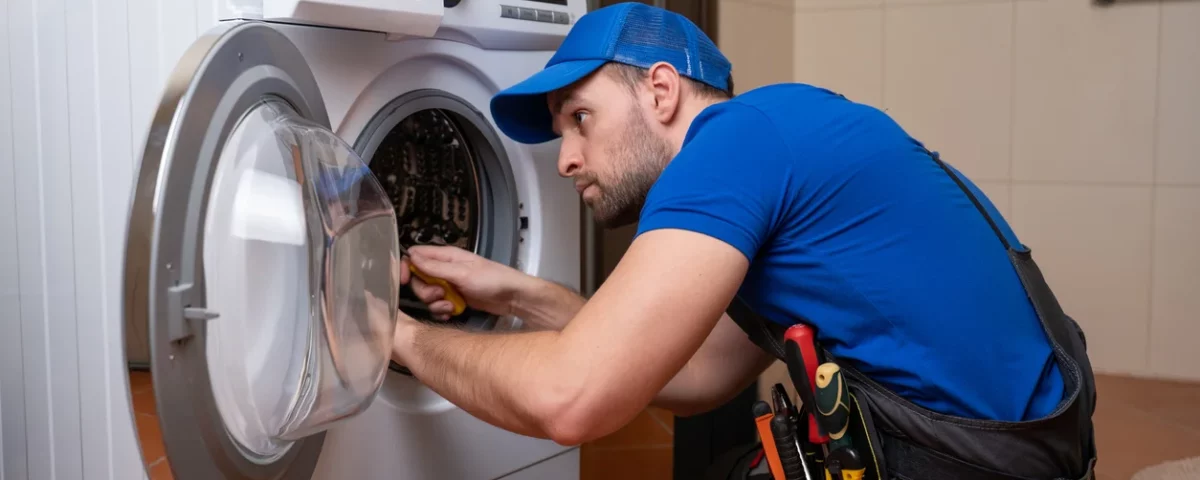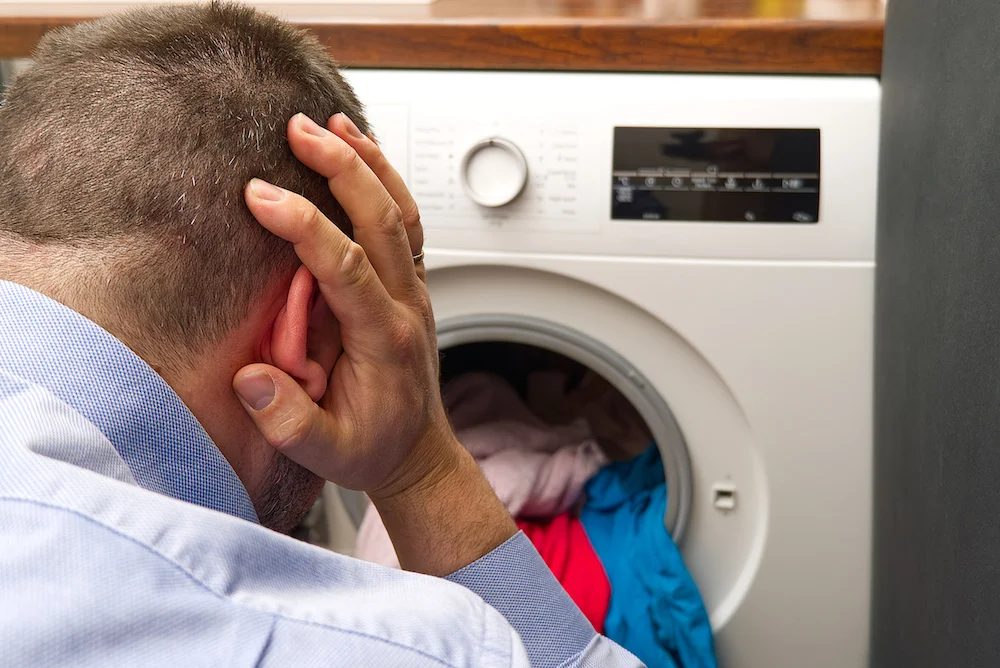Has your washing machine quit functioning properly? If you’re an avid DIYer, you may want to diagnose and fix the problem yourself. Here’s your in-depth guide!
Has your washing machine stopped functioning properly?
If so, you may be thinking to yourself:
“You know what? I can probably fix this thing (with the help of some handy elbow grease and a YouTube video or two, of course).”
Well, here’s the good news.
If you’re inclined towards DIY repairs, then it might actually work to your advantage to at least attempt to diagnose and fix the problem yourself.
The only downside to this is that a failed repair attempt can sometimes cost you a lot more than you bargained for (it can void your warranty, for example, but it can also lead to further unintended damage if not orchestrated properly).
Thus, in this comprehensive guide, we’re going to provide you with step-by-step troubleshooting tips to help you identify and resolve common issues that may arise with your washing machine.
We’re also going to let you know which projects might actually be even too much for an avid DIYer like yourself to handle—and offer some guidance on when it may be time to pick up the phone and call for help.
Let’s dive in and get your washer up and running again!








